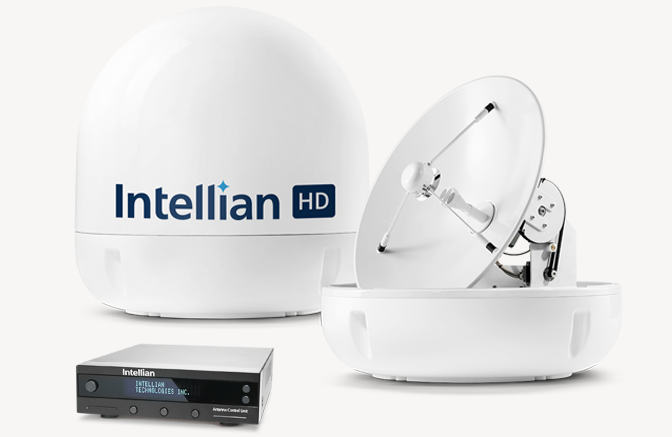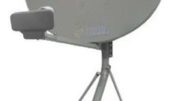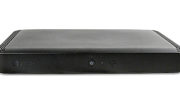If you have satellite TV at home, you know that a bad wind can knock your dish out of alignment. You also know that a bad rainstorm can block signals for a little while. This may have you thinking about mobile dishes. How does a mobile satellite dish keep you watching while you’re moving? And most importantly, does it really work?
If you don’t have a lot of time and want to skip the rest of this article, here’s the punchline: yes, it works. It works very well, in fact. And while mobile satellite system costs more than that dish up on your roof, there’s a reason.
The basics of a satellite dish
A satellite dish is really nothing more than a radio antenna. If you’re listening to music from a station 40 miles away, a simple “dipole” antenna does a great job. After all, the radio station is pushing out 100,000 watts from a location fairly close. However, satellite dishes are at least 22,000 miles away. Depending on how far away you are from the center of the U.S., they can actually be further than that. In order to get a solid signal from that distance, the antenna needs help. That’s where the reflector comes in.

The antenna part of a satellite dish is actually the part that sticks out. The dish part is a reflector that grabs as much signal as possible and focusses it on the antenna. In order to get reception from more than one satellite without moving, the reflector is big and wide.
Mobile dishes can be smaller
Mobile dishes don’t actually need to be as big because they can move in order to get the best reception. Some of the bulk of a traditional satellite dish is there to give you good performance when the wind is blowing.
Mobile satellite dishes don’t look like the ones used for homes and businesses. From the outside, they look like big white gumdrops. As you can see from the picture above, they do look pretty “satellite dishy” on the inside. The outer shell protects them from the weather and salt air.
Mobile dishes need a lot of other parts and they need to be weatherproof and safe from moving objects. That’s why mobile satellite systems look like big domes, or big gumdrops. The covering is invisible to radio waves but strong enough to protect the parts inside. The military developed this sort of system for radar, which uses a constantly moving antenna.
Mobile dish tech
A mobile dish uses three key technologies to make it possible for you to catch Spartacus while you’re sailing. The first is a high-quality satellite dish antenna. The components of a mobile dish are very high-performance versions of the ones on your roof. By themselves, they are able to hold onto a signal better than the dish at your home.
The second technology that is key to a mobile satellite dish is a combination of compasses and gyroscopes that help the dish know where you are going and at what angle. The dish uses that information to compensate for movement and then computers decide if the dish needs re-aiming.
Finally, a mobile dish has a built-in satellite meter that is constantly reviewing the signal strength that it gets and is capable of making adjustments without being manually aimed. In some cases it’s possible to hear the motors turning as the dish re-orients itself for a better signal. When you hear those motors, it means the dish knows that it needs to move in order to optimize the signal.
Nothing is perfect so…
Of course there are limitations. It’s still possible to outrace a mobile dish’s ability to adjust, and in very poor weather conditions there may be trouble locking on. Still, the current generation of mobile dishes are very powerful and have improved greatly since the first generation. Also, the nature of satellite TV means that the further away you get from the coast, the worse the reception gets because you’re also moving further from the satellite.
If you want to kick back and relax at night, you can feel great about your ability to watch satellite TV on your vessel. It’s a stable technology that is only getting better. And, if you want to talk about mobile satellite for your RV, truck, or boat, call the experts at Signal Connect. We’ll take great care of you. Call us at 888-233-7563 during East Coast business hours.





